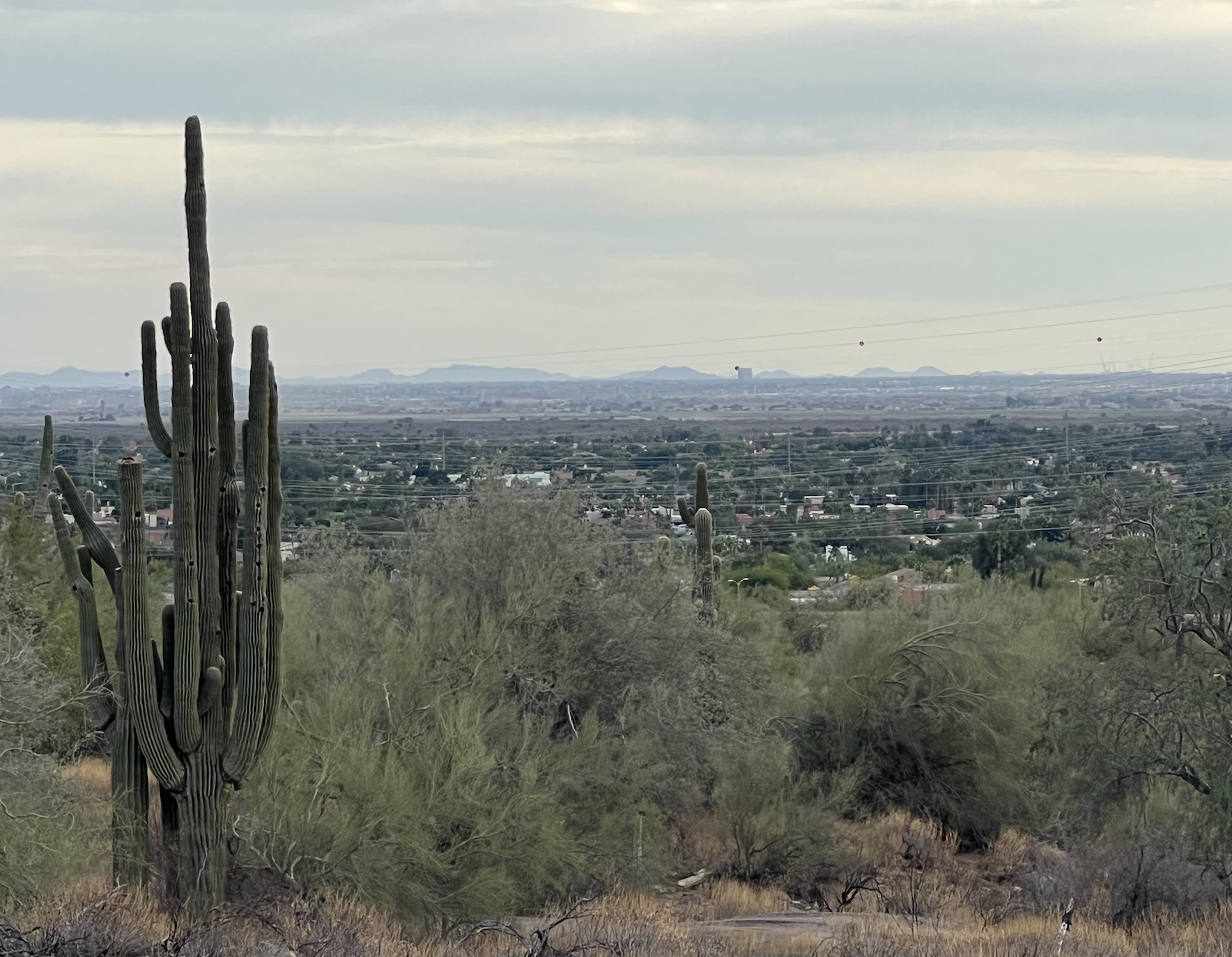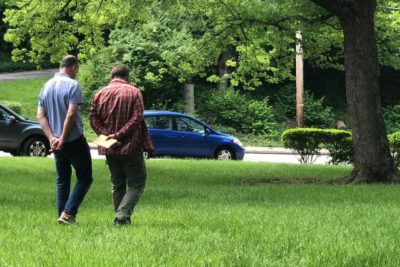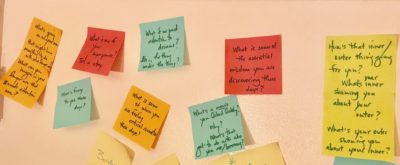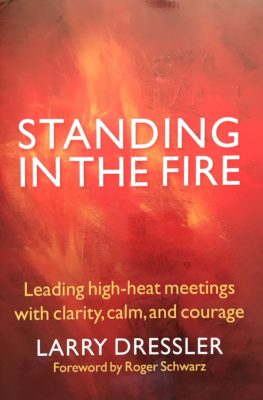
It isn’t knew to be seeking wholeness. Many spiritual traditions for eons have been encouraging this, to get the inherent wholeness that underlays the outward expression of this life. In physics, it was David Bohm who pointed many of us to the “implicate order.” Ken Wilbur is another who has been pointing many of us to understanding the integratedness of the personal and the communal, the subjective and the objective. The thing behind the thing behind the thing — that turns out not to be a thing. Wholeness is the gold in that treasure hunt.
This weekend I was glad to co-host with my friend and colleague Quanita Roberson. This was our tenth hosting of a weekend retreat that we call QT. There were nine of us in a weekend of deliberate curiosity together. Play together. Slowed pace together. Quality time together. Wonder. Wander. Mystery.
In this time of QT, most of what we talk about begins with a set of symbols through which the intent is to move toward more of a wholeness orientation. Inner and outer. Personal and communal. We are deliberate about inviting a range of symbols. Sometimes it’s a formal set of cards (like Caroline Myss’ Archetype Cards). Sometimes the symbols are stories that we share (like, what is the “yes” that brought you here). Sometimes the symbols are a round of sharing dreams from the previous night.
It’s in this last one, sharing dreams, I’ve learned particular pattern that shifts us from a light playfulness to a rather serious journey toward wholeness. It has a few steps that have quite subtle relevances.
When a dream (or dream snippet) is shared, spoken out loud,
- The wholeness starts with the invitation for anyone to speak / share a statement, “If that were my dream…,” This is deliberate. We aren’t offering dream coaching or divining for the dream teller. That would be interesting, I suppose, but has never been the purpose for me, nor the skillset. “If that were my dream…,” invites picking one detail that stands out. The lake. The hammer. The connection to mother. The pink towel. No wrong answer.
- The next move for the person identifying the detail is to say a few sentences of why the interest. Again, there are no wrong answers in this, because it is personal. There are no wrong answers in the personal journey that is toward an inherent wholeness. For example, “If that were my dream, the detail of the lake stands out to me because when I was a boy, I used to spend time as the lake with my cousins, my sister, and my grandparents.” This steps invites an emotional connection. Or sometimes a naming of a principle from past waking life experience (e.g., “Joy matters.”)
- The next move is to bring the access to the emotional connection forward to current waking life learning and experience. For example, “That memory as a boy at a lake with family was a joyful time of my life. It helps me to see some of the joy that I currently have (or that I’m currently missing) in my life now.” It’s this last step that invites and encourages people to be wildly associative, and, well, quite frankly, productive in a move to wholeness, by being willing to explore what is personal.
For most of us, this movement toward wholeness requires being a good noticer. It means speaking as honestly as possible about what it is like to be them, and to speak with willingness to wander in some transparency. It means being willing to get wildly associative, using symbols in front of us (cards, stories, dreams, a phrase from a poem, etc) to explore the inner territory, the personal (that is always connected to the outer). It means giving ourselves permission to wonder how any moment in time and experience is connected to a longer arc of time of who we are being and becoming, or, how the longer and more complex arc is connected to the simplicity of just this moment of now.
Ah, toward wholeness. I know there are many ways in. I’m grateful for that. This invitation to build associative capacity, to recognize that all of it is in each of us — I find that to be true — creates a rather different and healthy kind of feeling in an among groups of people. I’m glad for that too.
It’s all about encouraging ourselves and others to move with this attention. Just as it has been for so long.



